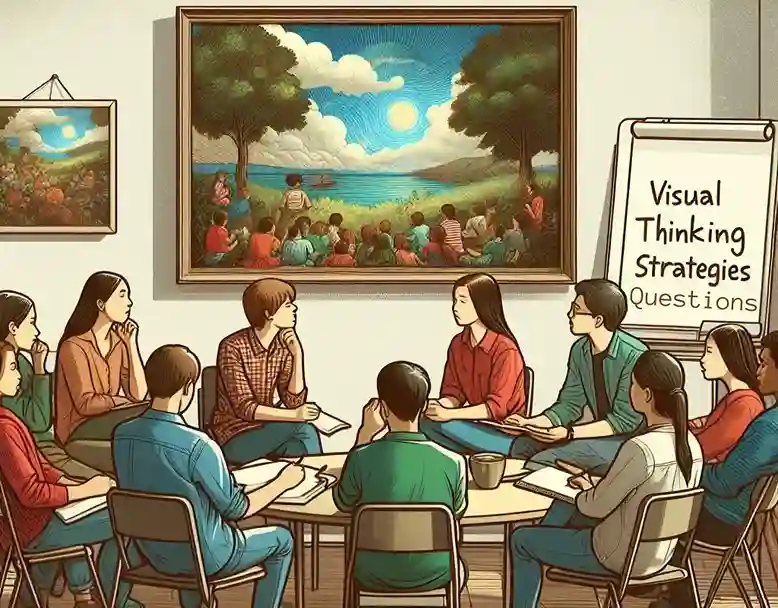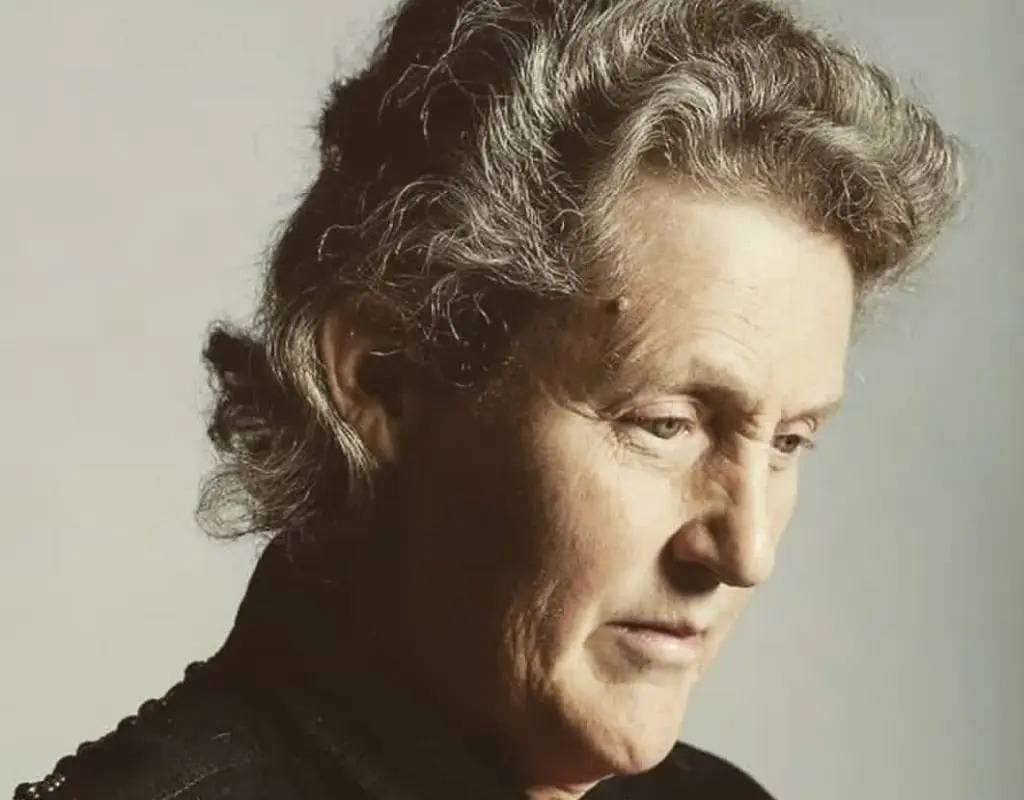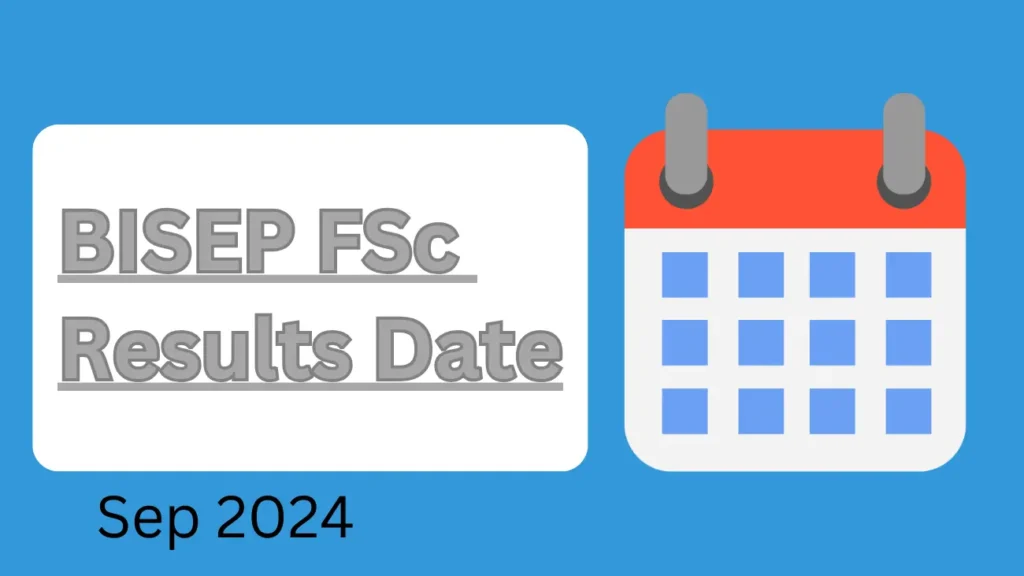Table of Contents
ToggleWhat Is Visual Thinking?
Visual thinking is using visual information. It helps us understand, process, and remember things. It is also referred to as spatial learning or picture thinking. Visual thinkers learn best by seeing, not just hearing.
Visual Thinking Strategies
Visual thinking is a strong cognitive strategy. It emphasizes graphics over words and arranges ideas visually. Let’s look at some efficient strategies and delve into these fascinating methods:

1. Mind Mapping
- How does it work? Mind maps are graphic representations of ideas, concepts, and data that link in a manner that is not.
- How does it work? Mind maps promote ingenuity. They do this through linking nodes, lines, and keywords. This helps people investigate connections among various components.
- Why would you use it? Mind mapping helps with idea generation. It also aids with idea organization and complex information visualization. It’s an effective tool for learning, planning, and problem-solving.
2. Storyboarding
- what it is? Storyboarding is a popular technique in creative industries like advertising, design, and filmmaking. This task involves arranging graphic panels. These panels explain a story, method, or user experience.
- How does it work? Storyboards simplify difficult concepts into broken-down steps. To ensure a good flow of information, each panel shows a scene, action, or interaction.
- Why would you use it? Collaboration, visualization, and communication are all facilitated by storyboarding. It assists groups in coordinating their goals and crafting gripping stories.
3. Taking Visual Notes
- What is it? Visual note-taking uses sketches, symbols, and diagrams. Instead of using traditional text-based notes, people use them.
- How does it work? Visual note-takers convey important points using images, icons, and arrows rather than words. This method promotes deeper understanding and improves memory retention.
- Why would you use it? Learning improves by visual notes since they activate both sides of the brain. They also function as artistic creations that showcase unique viewpoints.
Remember that visual thinking is helpful to everyone and is not just for creative people. Teams that use these techniques can:
- Simplify Complicated Information: Visual aids make complex structures easier to understand.
- Establish Strong Associations: Linking visual components improves memory.
- Explore Novel Concepts: Visual thinking enhances creativity.
- Increasing team efficiency: Clear visuals help collaboration.Now take out your mental brush and begin creating the visual stories you want to tell!
For more VTS exercises you can explore:
The Thinking Eye: Vts Exercises
Visual Thinking Examples
- Imagine a friend explaining how to get to their house. Their spoken instructions may be hard to follow. But, once you see a map, everything becomes clear. This is because, unlike hearing a list of turns, you can process the path and landmarks more easily with visual thinking.
- Outlining project concepts in sketches before putting them in writing. Visual thinking is useful for more than engineers and architects. Drawing out their ideas can be helpful for anyone who is generating ideas. This can look at many revisions. It can clarify unclear concepts and create new ones.
- Organizing information with mind maps. A visual tool for thinking and information organization is a mind map. Verbal and visual thinking are two different manners of information processing. Below is an explanation of each:
Visual Thinking vs Verbal Thinking

Verbal and visual thinking are two different manners of information processing. Below is an explanation of each:
Visual Thinking:
- Inner world: Thinks in terms of images, such as mind maps, flowcharts, or even 3D models.
- Focus: Pictures, spatial relationships, and sensory experiences.
- Difficulties: They may struggle to explain thoughts aloud. They may struggle to understand linear explanations.
Verbal Thinking
- Inner world: Thinks in terms of words, concepts, and internal dialogue.
- Strengths: You have excellent communication skills. You also have strong analytical abilities. You can understand and defend logical arguments.
- Difficulties: They may struggle to picture solutions. They may find it hard to grasp complex spatial ideas.
Things to Keep in Mind
Binary, not spectrum: Most people’s styles lie somewhere in the middle of this range. You might prefer verbal tasks. But, you tend to think visually. The reverse could also be true.
The Advantages of Both
Combining verbal and visual thinking skills can be quite beneficial. It lets you take a fresh look at issues. You can interact well with many people. And, it lets you comprehend the world better.
These are some more elements to think about:
- When processing information. Diagrams, charts, and graphic organizers can help visual learners.
- People who learn verbally may be good at taking notes. They write down their summaries and speak in class.
- Knowing your thinking style helps you choose the most effective learning techniques.
Understanding verbal and visual thinking differences is key. It helps in communication, education, and job selection based on your strengths.
Visual Thinking Strategies Question
Let’s look into a few Visual Thinking Strategies (VTS) questions. The VTS uses open-ended questions. It aims to promote critical thinking, communication, and interpreting art. Here are some examples:

1. What’s going on in this picture?
Researchers asked participants to study the images. They must then explain them in response to this open-ended question. It asks them to focus on the composition’s details, colors, and shapes.
2. What do you observe that makes you say that?
This extra question promotes in-depth investigation. Participants link specific visual elements in the artwork to their interpretations. This supports their observations.
3. What more can we find?
Facilitators push participants to delve deeper by asking this question. It inspires them to search past what is visible to find deeper meanings or obscure details.
4. What does this image make you feel?
VTS draws on emotional reactions also to factual observations. Participants talk about their emotions and unique relationships to the piece of art.
Remember, VTS questions promote rich discussion about visual content. They allow for expressing a range of viewpoints. Please feel free to change and use these questions in talks or for any kind of visual analysis!
For more VTS Question you can explore:
IQ doodle School: VTS Question
Temple Grandin and Visual Thinking

Temple Grandin is famous for working in animal science, writing, and activism. She has greatly improved our understanding of visual thinking. She has beautifully explained her cognitive processes as an autistic person. Let’s look at her observations:
1. Thinking in Pictures
The renowned Temple Grandin said, “I THINK IN PICTURES.” For me, words are a second language.
- In her mind, she turns written and spoken words into color movies with sound.
- She can turn words quickly into vivid mental images. She does this when someone speaks to her.
2. Advantages of Visual Thinking
Visual thinking has helped her a lot. She uses it in her career as an equipment designer for the livestock industry.
- Grandin imagined and visualized the world. This ability helped her create whole systems mentally.
- Her systems handle one-third of the cattle and hogs in the United States. She designed equipment for handling cattle and hogs.
3. Understanding Animals
Grandin’s ability to imagine the animals allowed her to understand them.
- She used a camera to record the animals’ point of view. They passed through funnels for medical procedures.
- She could determine what scared them. For example, by seeing the world through their eyes, she saw it was shadows or intense sunlight.
4. Designing Solutions
Grandin could mentally construct and visualize each design problem. This ability was the first step in the process she overcame.
- Thinking visually was key to her career. It was also key to her early kite and model airplane experiments.
In summary, Temple Grandin’s journey shows the power of visual thinking. Her unique viewpoint transformed the livestock industry. It also contributed to her success.
Conclusion
Visual thinking is a flexible and potent cognitive ability that increases communication, induces creativity, and improves problem-solving abilities. By applying visual thinking techniques to our everyday lives, we can reach our fullest potential and confidently negotiate the complexity of today’s world.
FAQs
What are some simple visual thinking exercises I can try?
Experiment with doodling, mind mapping, or visual journaling to stimulate your imagination and enhance your visual thinking skills.
Can visual thinking be learned, or is it an innate ability?
While some individuals may naturally gravitate towards visual thinking, it is a skill that can be cultivated and developed through practice and experimentation.
How does visual thinking benefit problem-solving processes?
Visual thinking encourages creative exploration and alternative perspectives, enabling individuals to generate innovative solutions to complex problems.
Are there any disadvantages to relying heavily on visual thinking?
Over-reliance on visual cues may limit one’s ability to process information in other modalities, so it’s important to balance visual and verbal thinking approaches.
How can visual thinking strategies be applied in business settings?
Visual thinking techniques such as data visualization, mind mapping, and storyboarding can enhance strategic planning, communication, and decision-making in business contexts.






